Europee
-
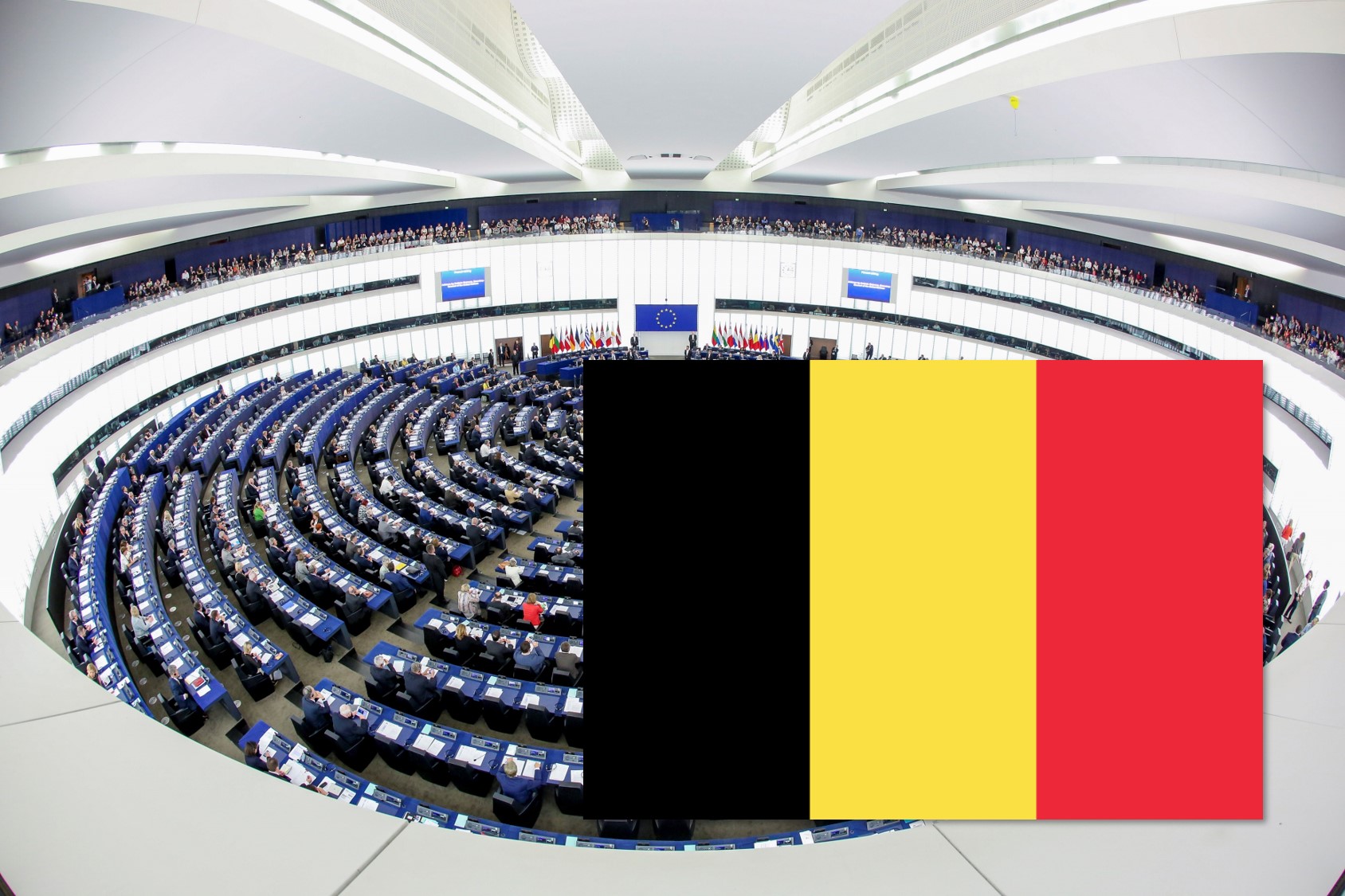
Europee Belgio: le elezioni meno rilevanti, ma molto europee
Traduzione di Francesco Sorana. Come cinque anni fa, le elezioni del Parlamento…
-

Europee Lussemburgo: il crollo definitivo del principale partito lussemburghese?
Traduzione di Francesco Sorana. Il contesto Le elezioni europee del 2019 si…
-
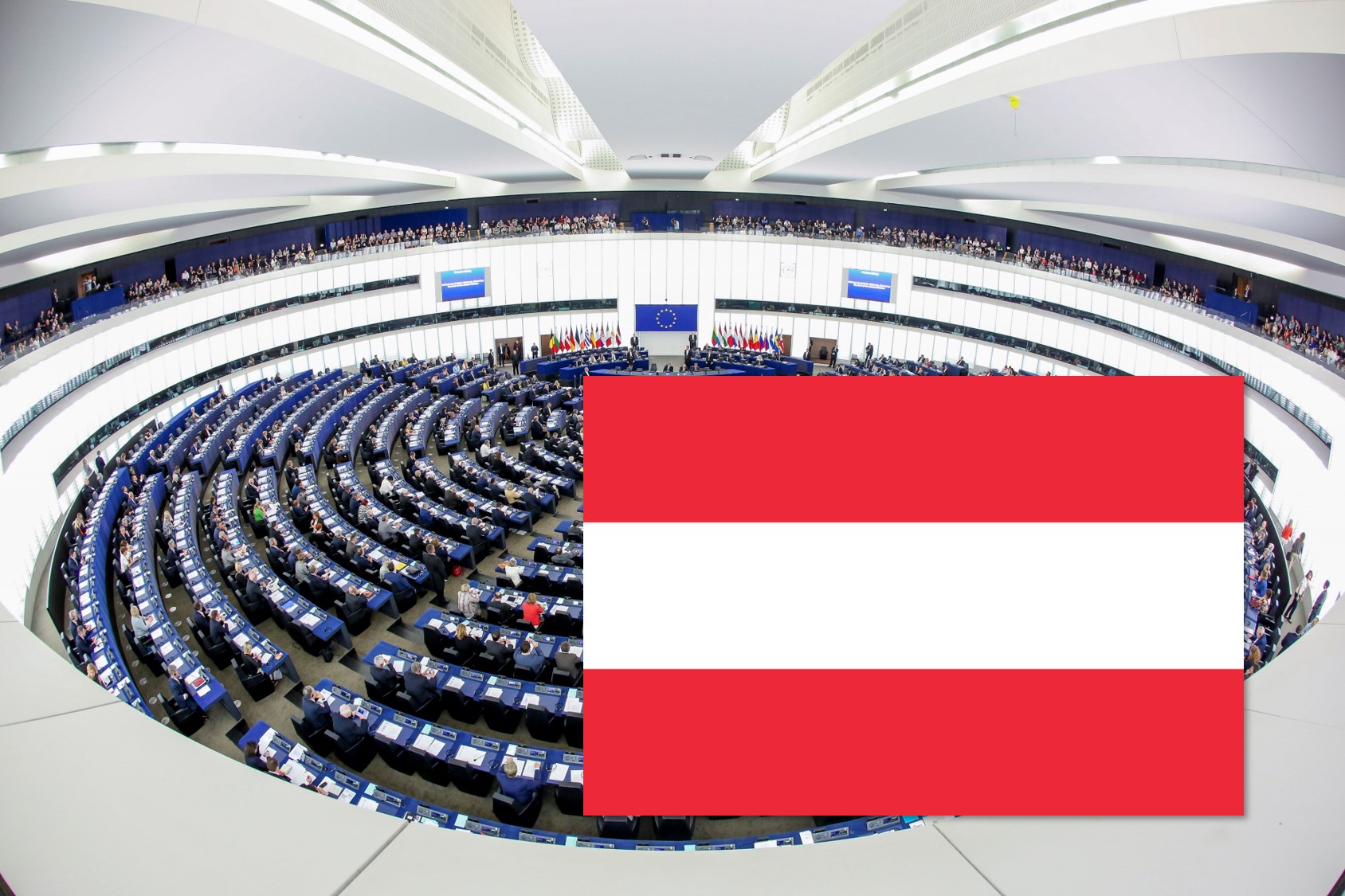
Europee Austria: il voto europeo oscurato dall’Ibiza-gate
Traduzione di Arianna Cappelli. Introduzione In Austria, il 17 maggio 2019,…
-
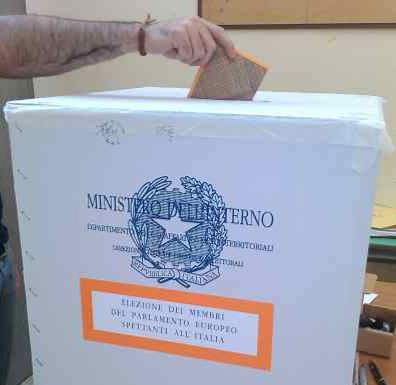
La partecipazione elettorale alle comunali – e il suo dirompente effetto su quella delle europee
Nella recente tornata elettorale i dati sottolineati da quasi tutti i…
-

Luxembourg: The Permanent Downfall of Luxembourg’s Dominant Party?
The context The 2019 European elections were held only a few…
-

Belgium: Least Salient but Very European Election
Like five years ago, the Belgian elections to the European…
-

Hungary: A Paradoxical Episode under Electoral Authoritarianism
26 May 2019 saw an election paradox in Hungary: a long-serving…
-
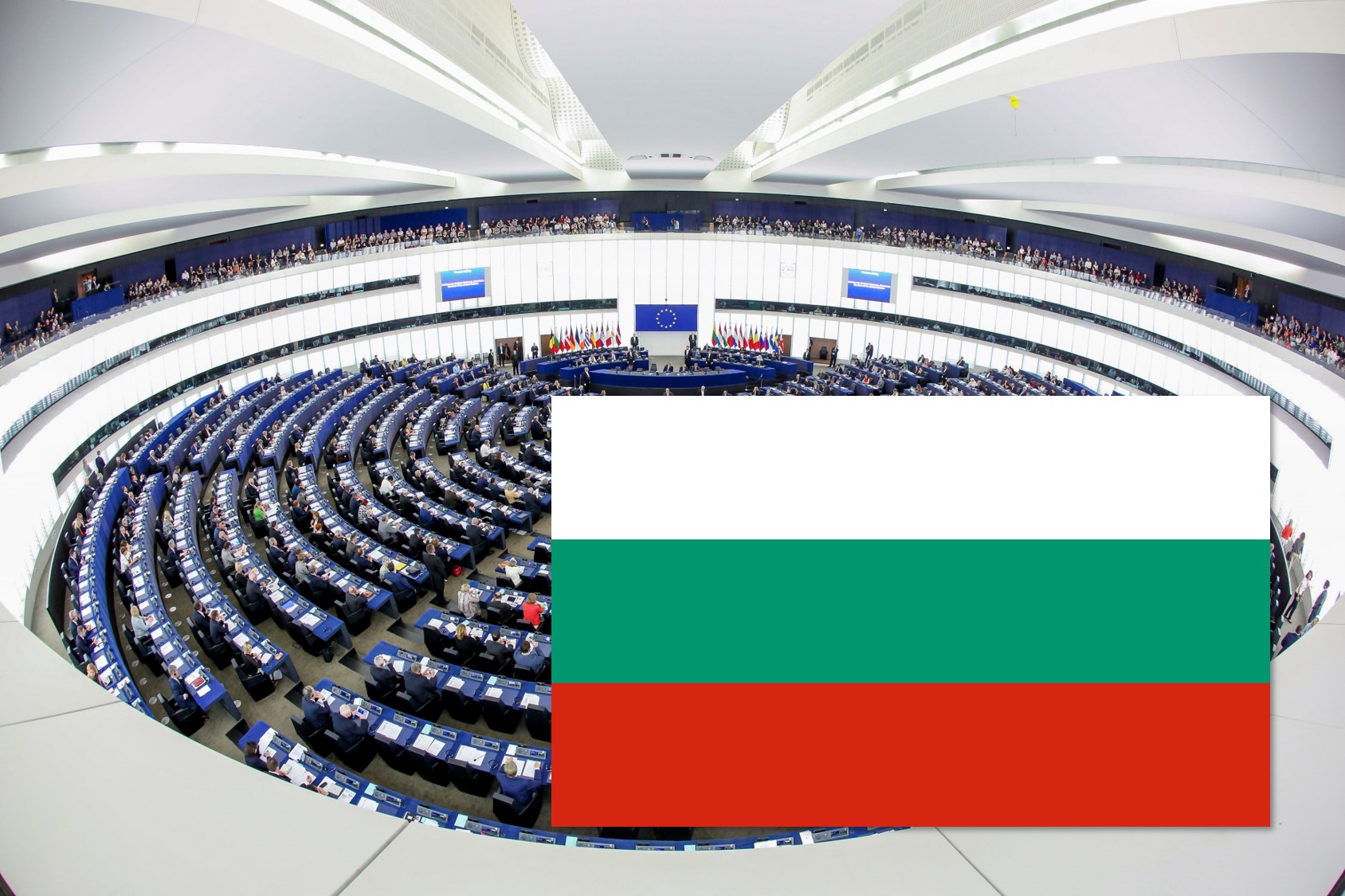
Europee Bulgaria: né un voto di protesta, né un voto europeo
Traduzione di Giorgia Ramazzotti. Più di sei milioni di elettori avevano…
-

Europee Croazia: un sistema partitico ulteriormente frammentato
Traduzione di Irene Fratellini. Introduzione Le elezioni europee del 2019 in…
-
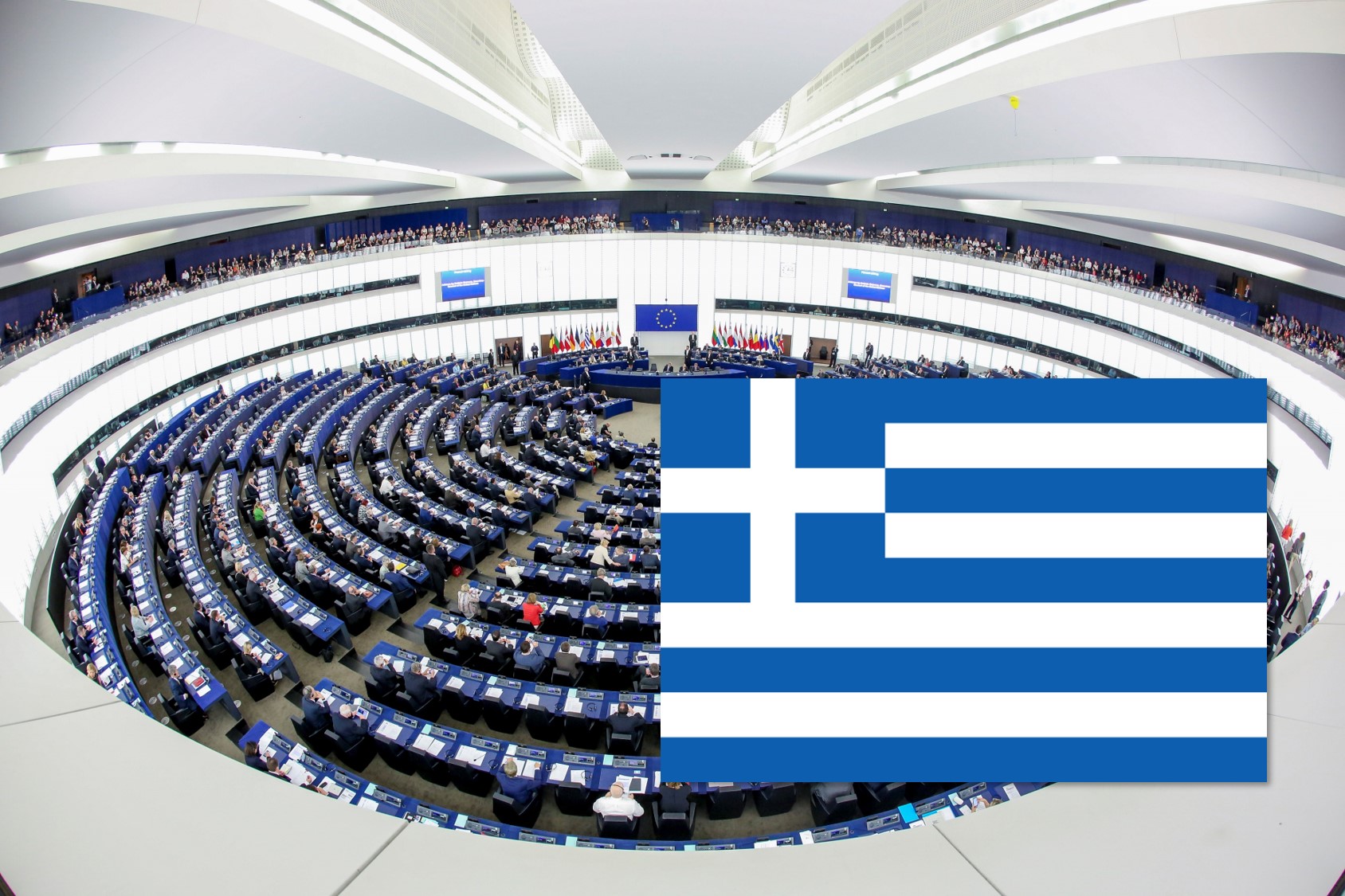
Europee Grecia: una storia di punizione del governo e di stabilizzazione del sistema partitico
Traduzione di Francesco Sorana. Le elezioni del Parlamento Europeo del 2019…